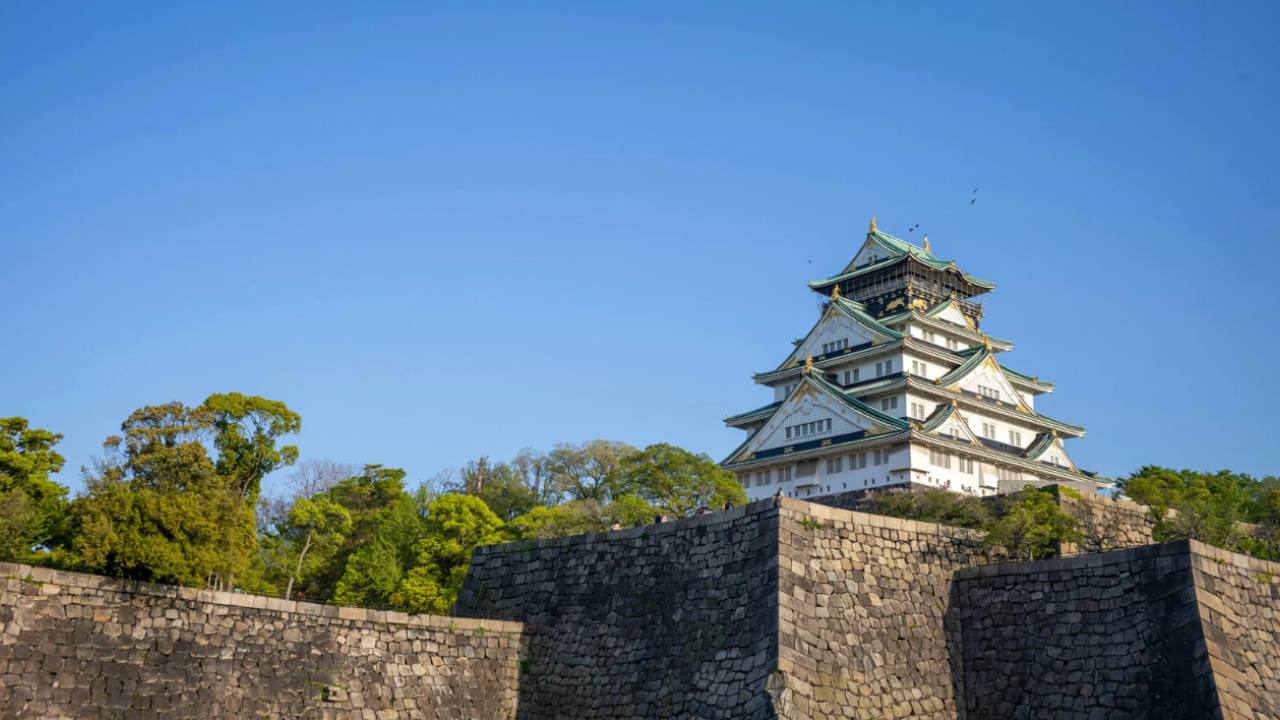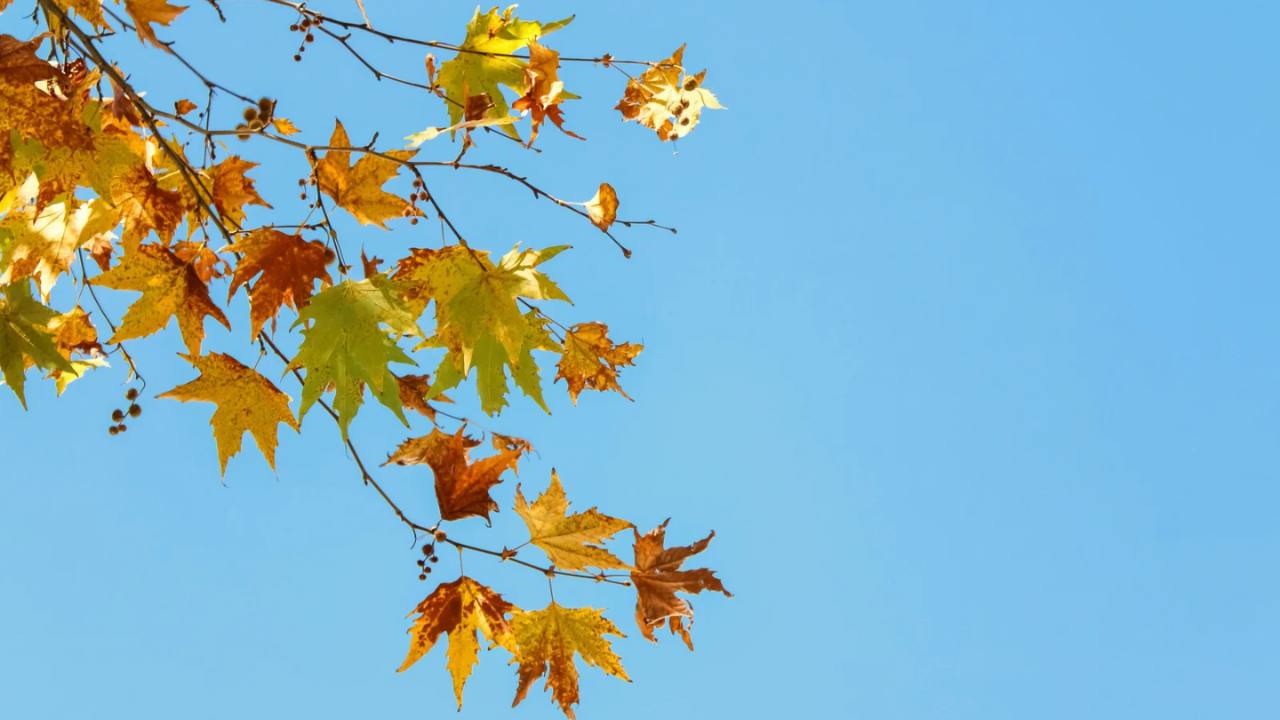お寺の参拝の仕方/How to visit temples
こんにちは!
月曜日の「神社の参拝の仕方」はいかがでしたか?ややこしかったでしょうか?
Hello!
How did you find Monday’s newsletter on how to visit a Shinto shrine? Did it seem a bit complicated?
お寺の参拝の仕方は、神社とほとんど同じですが、本殿でお祈りするときに拍手しないところがポイントです。
The procedure for visiting a Buddhist temple is almost the same as that of a Shinto shrine, but there’s one key difference—you do not clap your hands when praying.
-
山門で一礼
-
お寺の入り口である山門の前で、両手を合わせ(合掌・がっしょう)一礼する
-
手水舎・てみずや(お手水・おちょうず)で身を清める。
-
柄杓(ひしゃく)を右手で持ち、水をすくって左手にかける。
-
柄杓を左手に持ち替え、右手を清める。
-
再び右手で柄杓を持ち、左手で水を受けて口をすすぐ。(柄杓に直接口をつけない)
-
柄杓を元の位置に戻す。
-
本殿での参拝
-
一礼してから、賽銭箱(さいせんばこ)にお賽銭(さいせん)を入れる。
-
両手を合わせ(合掌・がっしょう)、目を閉じて祈る。
-
最後に、深く一礼する。(一礼)
-
お寺では、拍手はしないので、要注意!
-
参拝後の作法
-
お守り(まもり)や御朱印(ごしゅいん)をいただく場合は、この時に立ち寄る。
-
お寺を出るときにも、本堂に向かって一礼します
Temple Etiquette
1. Bowing at the Sanmon Gate
At the entrance of the temple, in front of the sanmon gate (山門), press your palms together (合掌, gasshō) and bow before entering.
2. Purification at the Temizuya (手水舎, water purification station) <-- This part is the same as at a shrine.
- Take the hishaku (柄杓, ladle) in your right hand and scoop up some water to pour over your left hand.
- Switch hands and cleanse your right hand.
- Switch hands again, pour some water into your left hand, and use it to rinse your mouth. (Do not drink directly from the ladle.)
- Return the ladle to its original position.
3. Praying at the Main Hall (本殿, hondō)
- Bow once before approaching the offering box.
- Toss a coin into the saisenbako (賽銭箱, offering box).
- Press your palms together (合掌, gasshō), close your eyes, and silently offer your prayers.
- Finally, bow deeply once more.
🚨 Important: Unlike at a shrine, do not clap your hands when praying at a temple!
4. After Your Visit
- If you would like to purchase an omamori (お守り, protective charm) or receive a goshuin (御朱印, temple stamp), this is the time to do so.
- When leaving the temple, turn back toward the main hall and bow once more before exiting.
どうでしたか?この違いを知っていれば、観光の時も自信をもって訪れることができますね。神社もお寺も神聖な場所なので、大声を出したりせず、周りに迷惑にならないよう配慮しながら、しっかり楽しんでくださいね。
Enjoying Your Visit Respectfully
Now that you know the key differences between shrines and temples, you can visit them with confidence! Both places are considered sacred, so please be mindful—avoid raising your voice and be considerate of others while you explore and appreciate the atmosphere.
このニュースレターの感想をメールの返信でも、インスタグラムのDMでも送ってくださると、とっても嬉しいです!
また月曜日をお楽しみに!
いろは
I’d love to hear your thoughts on this newsletter! Feel free to reply by email or send me a DM on Instagram.
See you again on Monday!
Iroha






Responses